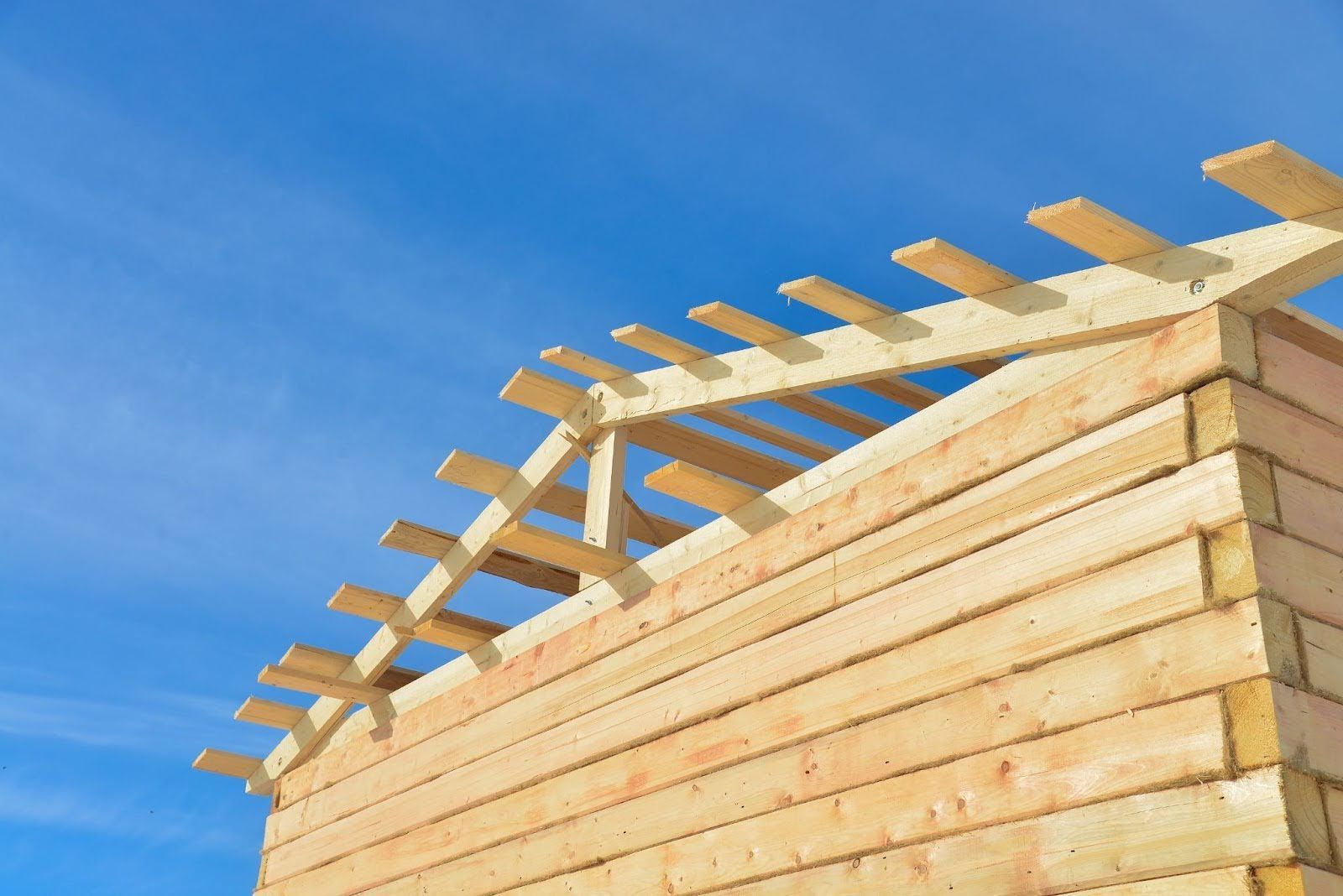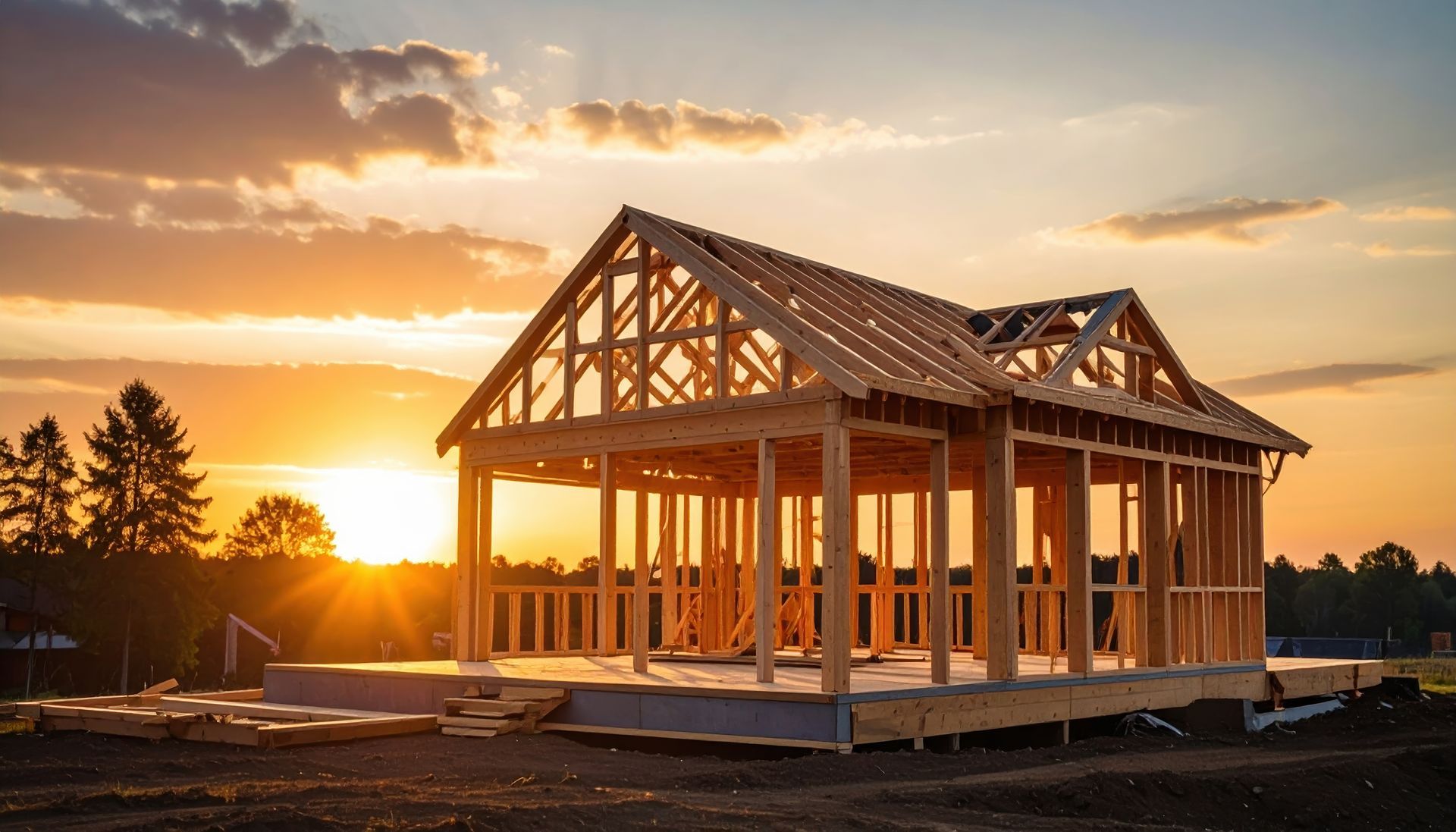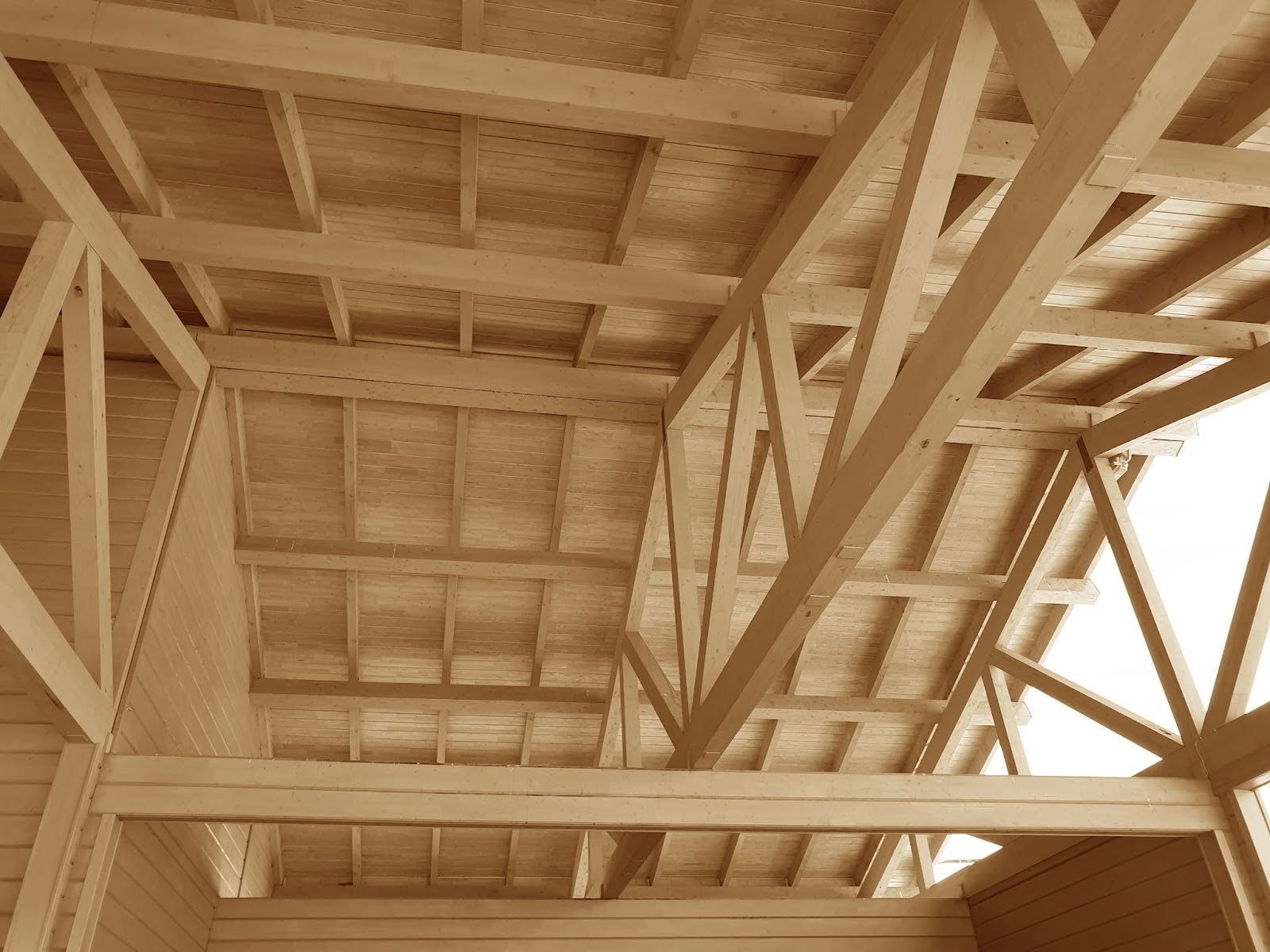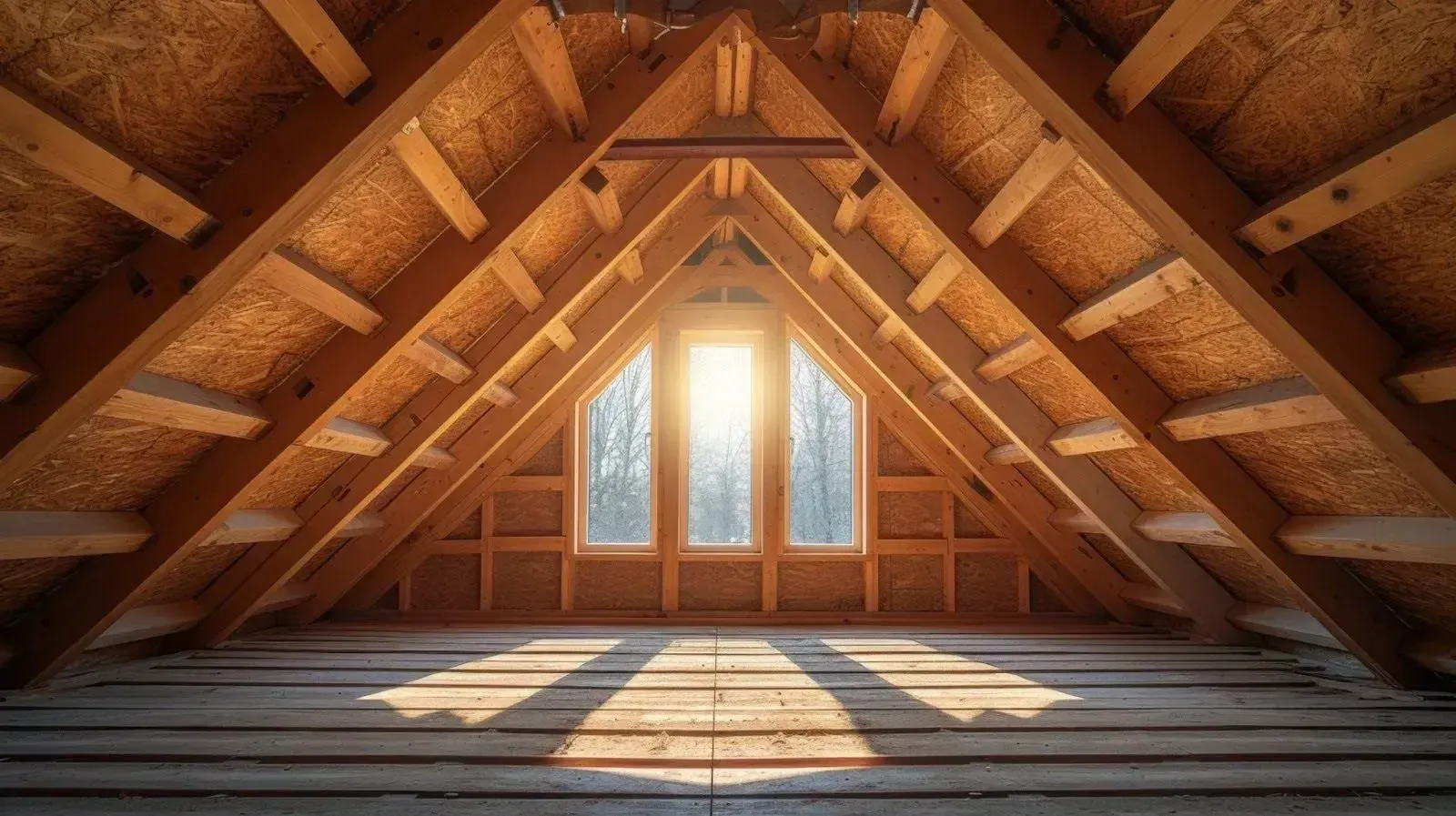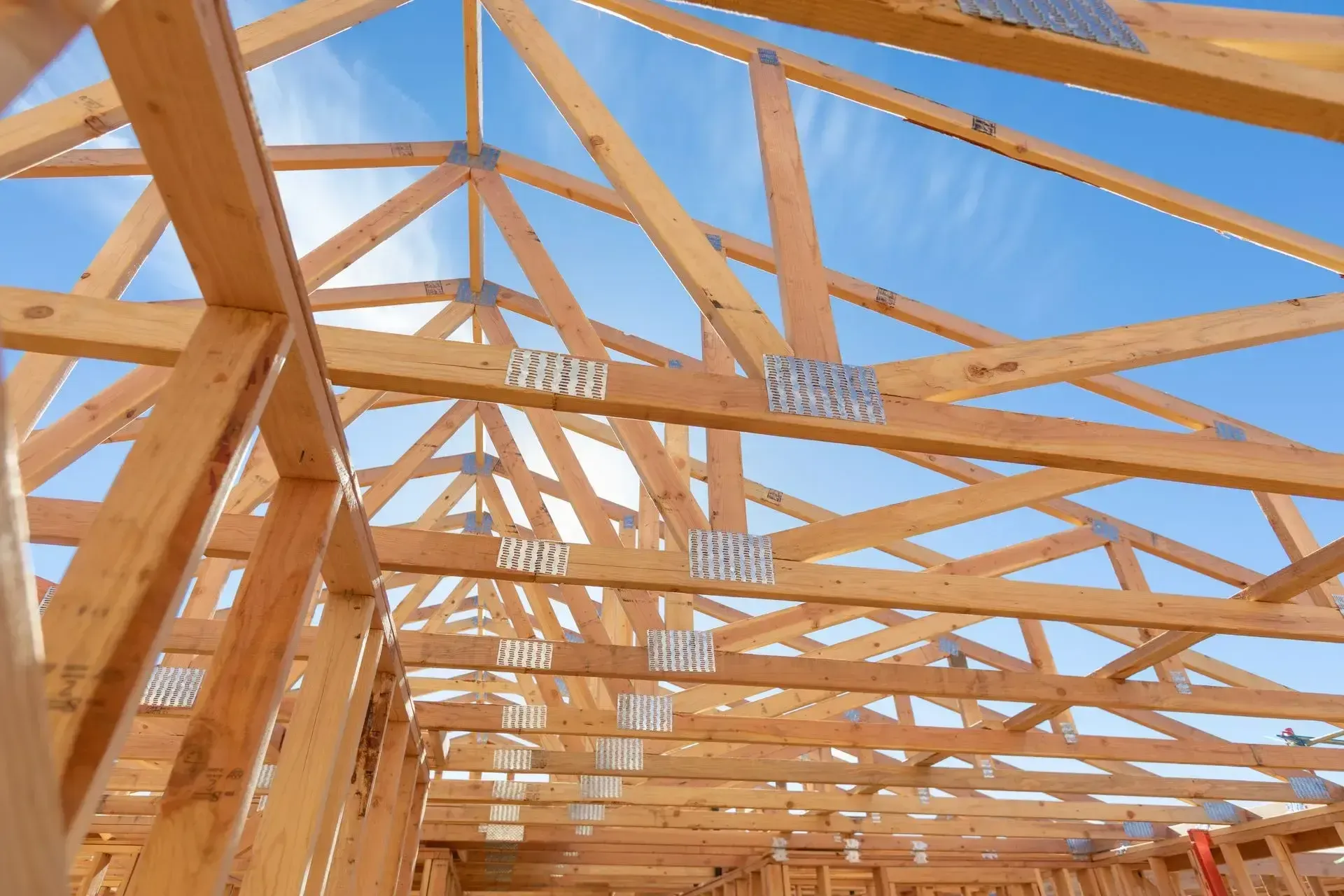Advances in Synthetic Materials: A New Construction Era
The construction industry is undergoing a remarkable evolution, with synthetic building materials at the forefront of this change. As the demand for innovative, sustainable, and cost-effective solutions grows, these materials are reshaping how we build.
The Rise of Synthetic Materials in Construction
Historically, construction relied heavily on natural materials like wood, stone, and clay. The 20th century marked a turning point with the introduction of synthetic materials. Initially developed for their unique properties and versatility, these materials have since evolved, driven by technological advancements and the need for cost-efficient solutions.
One of the key drivers behind the increased use of synthetic materials is their ability to offer improved performance characteristics. For instance, they can provide enhanced strength and durability while often being lighter than traditional materials. The development of new technologies has reduced production costs, making synthetic materials more accessible to the construction industry.
Current market trends highlight the growing adoption of synthetic materials. According to recent statistics, the global market for these materials is projected to expand significantly, driven by the demand for innovative and sustainable building solutions. As builders and architects seek materials that offer both performance and environmental benefits, the role of synthetic materials continues to grow.
Comparing Synthetic Materials to Traditional Wood in Truss Manufacturing
Wood trusses have long been a staple in construction due to their availability and ease of use. They offer a reliable solution for many building projects, particularly in residential construction. The advent of synthetic materials has introduced new alternatives that challenge traditional wood trusses. Fiberglass and carbon fiber are two prominent synthetic materials used in truss manufacturing. Fiberglass is known for its resistance to moisture and pests, while carbon fiber is celebrated for its high strength-to-weight ratio. These characteristics make them attractive alternatives to wood, especially in applications where durability and weight are critical considerations.
When comparing performance, synthetic trusses often surpass wood in terms of strength and flexibility. They can withstand higher loads and are less prone to warping or rotting, which can be significant advantages in certain environments The cost of synthetic materials can be higher than wood, which remains a factor in their adoption. Despite this, the long-term benefits of reduced maintenance and extended lifespan can offset initial costs.
Properties of Various Synthetic Materials
Fiberglass
Fiberglass is a composite material made from fine fibers of glass. Its benefits include resistance to moisture, insects, and fire, making it an excellent choice for construction in humid or pest-prone areas. Fiberglass can be brittle and may require careful handling during installation.
Carbon Fiber
Carbon fiber is known for its exceptional strength-to-weight ratio, making it ideal for applications requiring lightweight yet strong materials. It is used in various building projects, particularly where structural integrity and reduced weight are priorities.
Recycled Plastics
Recycled plastics are gaining attention for their role in sustainable building practices. They offer structural properties that can rival traditional materials while contributing to environmental conservation by reducing waste.
Innovations in Manufacturing Processes
Advancements in manufacturing processes are further propelling the use of synthetic materials in construction. Techniques such as 3D printing and advanced composite manufacturing are enabling more precise and efficient production of synthetic building components. These innovations not only enhance the quality and performance of synthetic materials but also reduce waste and lower production costs. As these technologies continue to evolve, they are likely to lead to even more widespread adoption of synthetic materials in the construction industry.
Impact on Structural Integrity
The use of synthetic materials in construction can significantly impact structural integrity. Their load-bearing capacity often exceeds that of wood, allowing for more innovative architectural designs. Synthetic materials offer superior resistance to environmental factors such as moisture, pests, and fire, enhancing the longevity and safety of structures.
Several successful projects have demonstrated the advantages of synthetic trusses. These case studies highlight how synthetic materials can be effectively integrated into construction, providing both aesthetic and functional benefits.
Sustainability Credentials of Synthetic Materials
The environmental impact of synthetic materials is a topic of ongoing discussion. While producing these materials can have a higher ecological footprint compared to harvesting wood, their long-term benefits, such as durability and recyclability, often offset initial concerns.
Recycling and repurposing synthetic materials at the end of their lifecycle contribute to their sustainability credentials. Many synthetic materials can be recycled, reducing the need for new raw materials and minimizing waste. The energy efficiency of manufacturing processes continues to improve, further enhancing the sustainability of synthetic materials.
The Future of Truss Manufacturing
Looking ahead, the future of truss manufacturing is poised for further change. Innovations in material science and manufacturing technologies promise to introduce new materials and methods that could redefine the industry. Experts predict that as these technologies evolve, the use of synthetic materials will become more widespread, driven by their performance and environmental benefits.
Regions like California, including Ramona, are already embracing synthetic materials in construction, reflecting a broader trend toward sustainable and efficient building practices. As industry leaders continue to explore new possibilities, the landscape of truss manufacturing will likely see exciting developments in the years to come.
The construction industry stands on the brink of a new era, driven by the remarkable advancements in synthetic building materials. As these materials continue to evolve, they offer promising solutions for the challenges of modern construction, from enhancing structural integrity to promoting sustainability. By embracing synthetic materials, the industry can look forward to a future where buildings are not only more efficient and durable but also more environmentally responsible.
For more information about synthetic building materials and their applications in truss manufacturing, reach out to Ramona Lumber Co. Our team is committed to providing innovative and sustainable solutions for your construction needs.

